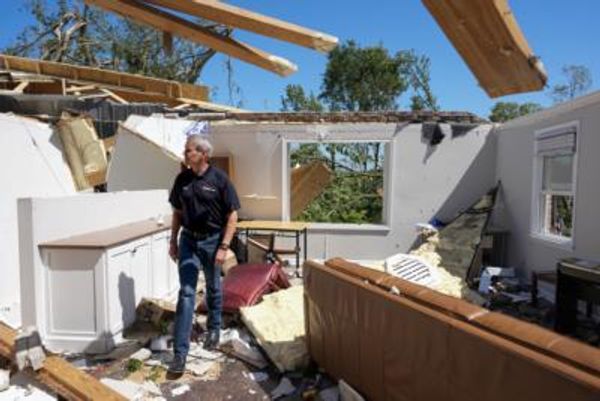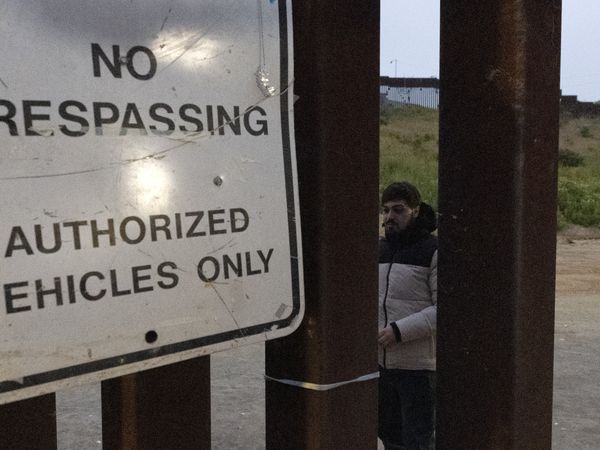The most severe heatwave of summer will descend on south-eastern states later this week, bringing a three- to four-day spell of uncomfortably high temperatures.
An increased risk of heat stress and bushfires is also expected.
This week's spell of sweltering summer weather is a continuation of a heatwave from last week, which spread across western and southern Australia and brought the hottest maximums in years to many regions — including Melbourne's first 40-degree day since early 2020.
'Severe' heatwave predicted
The ongoing heatwave is a result of Australia's "heat engine" switching on and, although south-eastern states cooled down through the weekend, a large mass of hot air is still lingering across inland Western Australia and northern South Australia.
The temperature on Monday afternoon climbed to 44C in Oodnadatta, the town's highest February maximum in five years, while near the WA/SA border, maximums were as much as 14 above average.
A northerly airstream developing during the coming days will then carry the hot air back to the southern coastline, peaking for Adelaide, Melbourne and Hobart from Thursday to Saturday, when temperatures should rival last week's highs.
A concerning feature of the pattern this week is the spell of hot northerly winds, which will last from two to four days, tipping the severity of the heatwave into the severe range.
Threat of fires and heat stress
Fire dangers will increase later in the week as the highest temperatures arrive.
Due to both recent high temperatures and lack of rainfall, the vegetation is currently primed for grassfires and bushfires.
"Extreme" fire dangers are likely in several regions of Victoria and South Australia on Friday and Saturday. However, winds should remain below strong or gale force, preventing catastrophic fire dangers.
A less direct impact of heatwaves is on human health. Often called the silent killer, they are responsible for more fatalities than any other weather disaster in Australia.
This was no more apparent than in 2009, when the heatwave leading up to the Black Saturday bushfires was responsible for more than double the number of fatalities than the fires themselves.
One of the main threats to human health is the temperatures inside your home, which is in part determined by the overnight minimum, and this week's heatwave will include several very uncomfortable nights, particularly in South Australia.
When a cool night follows a hot day, your home can recover and start the next day from a relatively low base temperature.
During this preferred scenario, the daily peak internal temperature may remain steady through a spell of hot days.
However, when overnight temperatures are high, a home will often see little or no cooling through the night, and the result is an increase of the internal temperature through a spell of hot weather even when maximum air temperatures are not rising.
The heatwave will finally end when cooler air from the Southern Ocean arrives this weekend and, with only days remaining in summer, this could be the last major heatwave of the season for southern states.







